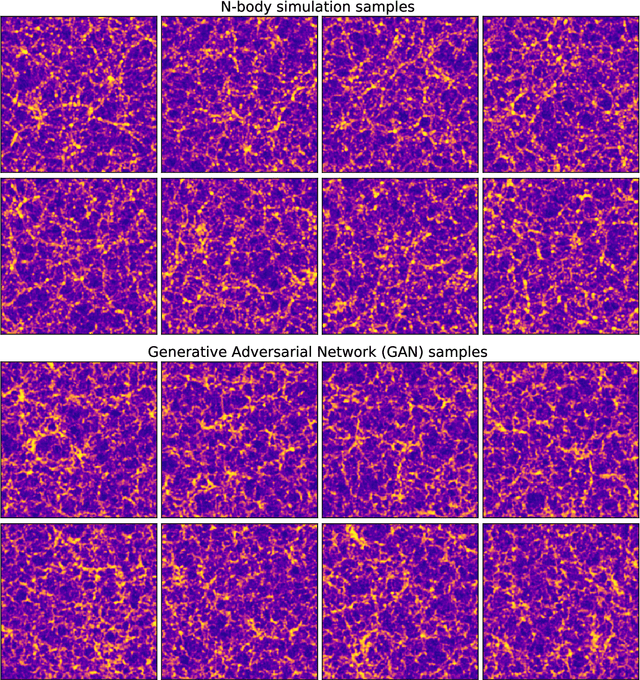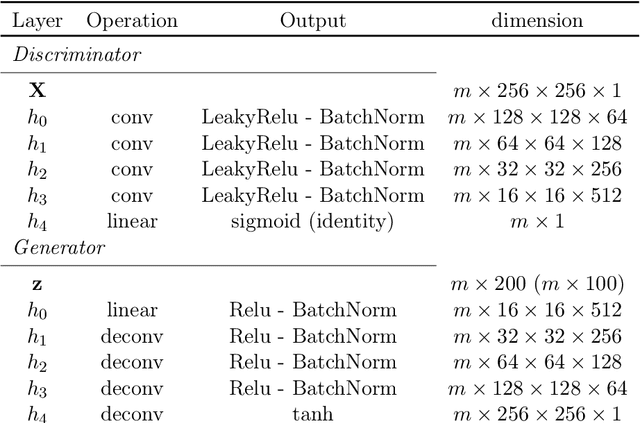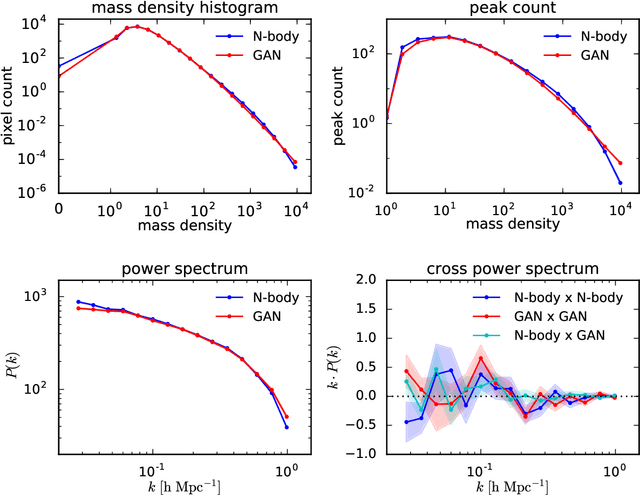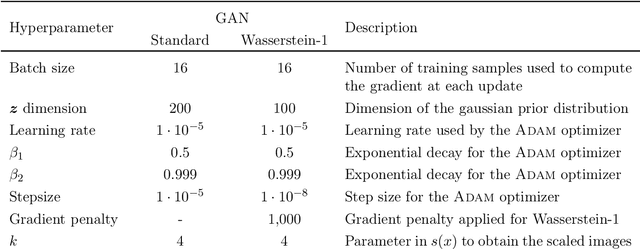Andres C. Rodriguez
Privileged Pooling: Supervised attention-based pooling for compensating dataset bias
Mar 23, 2020



Abstract:In this paper we propose a novel supervised image classification method that overcomes dataset bias and scarcity of training data using privileged information in the form of keypoints annotations. Our main motivation is recognition of animal species for ecological applications like biodiversity modelling, which can be challenging due to long-tailed species distributions due to rare species, and strong dataset biases in repetitive scenes such as in camera traps. To counteract these challenges, we propose a weakly-supervised visual attention mechanism that has access to keypoints highlighting the most important object parts. This privileged information, implemented via a novel privileged pooling operation, is only accessible during training and helps the model to focus on the regions that are most discriminative. We show that the proposed approach uses more efficiently small training datasets, generalizes better and outperforms competing methods in challenging training conditions.
Fast Cosmic Web Simulations with Generative Adversarial Networks
Sep 20, 2018



Abstract:Dark matter in the universe evolves through gravity to form a complex network of halos, filaments, sheets and voids, that is known as the cosmic web. Computational models of the underlying physical processes, such as classical N-body simulations, are extremely resource intensive, as they track the action of gravity in an expanding universe using billions of particles as tracers of the cosmic matter distribution. Therefore, upcoming cosmology experiments will face a computational bottleneck that may limit the exploitation of their full scientific potential. To address this challenge, we demonstrate the application of a machine learning technique called Generative Adversarial Networks (GAN) to learn models that can efficiently generate new, physically realistic realizations of the cosmic web. Our training set is a small, representative sample of 2D image snapshots from N-body simulations of size 500 and 100 Mpc. We show that the GAN-produced results are qualitatively and quantitatively very similar to the originals. Generation of a new cosmic web realization with a GAN takes a fraction of a second, compared to the many hours needed by the N-body technique. We anticipate that GANs will therefore play an important role in providing extremely fast and precise simulations of cosmic web in the era of large cosmological surveys, such as Euclid and LSST.
Counting the uncountable: deep semantic density estimation from Space
Sep 20, 2018



Abstract:We propose a new method to count objects of specific categories that are significantly smaller than the ground sampling distance of a satellite image. This task is hard due to the cluttered nature of scenes where different object categories occur. Target objects can be partially occluded, vary in appearance within the same class and look alike to different categories. Since traditional object detection is infeasible due to the small size of objects with respect to the pixel size, we cast object counting as a density estimation problem. To distinguish objects of different classes, our approach combines density estimation with semantic segmentation in an end-to-end learnable convolutional neural network (CNN). Experiments show that deep semantic density estimation can robustly count objects of various classes in cluttered scenes. Experiments also suggest that we need specific CNN architectures in remote sensing instead of blindly applying existing ones from computer vision.
 Add to Chrome
Add to Chrome Add to Firefox
Add to Firefox Add to Edge
Add to Edge